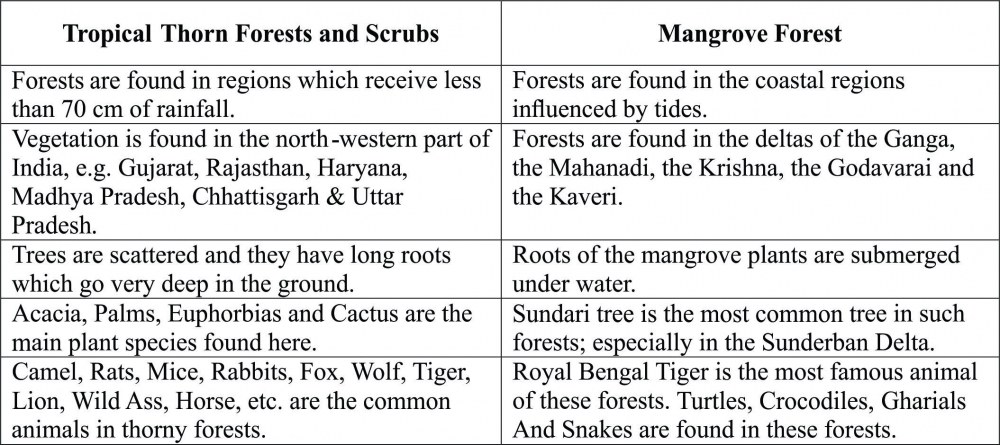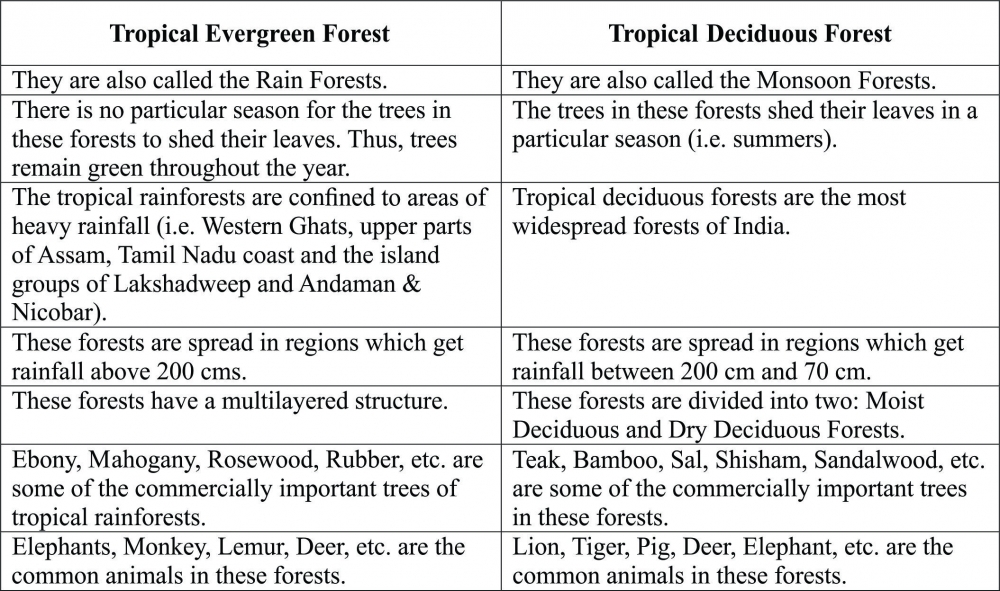Q1. Define: (a) Adolescence (b) Census (c) Death Rate (d) Birth Rate
Ans:
(a) Adolescence: Adolescence is a period in which a person is no longer a child and not yet an adult. Such persons are grouped in the age group of 10 to 19 years.
(b) Census: The official collection of population data by all means is known as Census. This is conducted once in ten years. In 1872, first population census of India was conducted, but the first complete census was conducted in 1881. Currently, we are following 2011 census, this is the fifteenth census starting from 1872.
(c) Death Rate: The number of deaths per 1000 persons is called death rate.
(d) Birth Rate: The number of live births per 1000 persons is called birth rate.
Q2. What is age structure or age composition?
Ans: Number of people in different age groups in country is called age structure or age composition of the population. Population of a nation is generally grouped into three broad categories:
(a) Children (Below 15 years of age): Economically unproductive and needs to be provided with the necessities of life (food, cloth, education, etc.)
(b) Working age (15 – 59 years): Economically and biologically productive
(c) Aged (Above 59 years of age): They can be economically productive even after retirement.
Q3. What are the three major aspects of population study?
Ans: The three major questions to be answered when we study about population are:
(a) Population Size and Distribution.
(b) Population Growth and Process of Population Change.
(c) Characteristics or qualities of the population.
Q4. What is meant by sex ratio? Give reasons for low sex ratio in India.
Ans: Number of female per thousand male is called sex ratio. Following are some of the reasons (mindset of the people) for low sex ratio in India:
(a) Girls in India are taken as a liability, one day she will get married and leave the house; Parents have to pay a huge dowry.
(b) Safety and security is a great concern for family.
(c) India is a male dominated country.
(d) Female Feticide, girl child are killed before her birth.
(e) Females often face Malnutrition, leading to ill health.
Q5. Why is the rate of population growth in India declining since 1981?
Ans: The rate of population growth in India is declining since 1981 because:
(a) The family planning programme initiated by the government made a great impact on the mindset of the people.
(b) Educational programmes have improved the literacy rate helping in increasing the awareness about the benefits of smaller family size.
(c) Parents became aware and wanted to give better quality of life to their children, i.e. good education, food, clothing, health, etc
Q6. What is the relation between occupational structure and development?
Ans: Occupational structure has got a great impact on the development of any country. In India more than 60% of the population is engaged in the agricultural activities and thus, are still dependent on the primary sector for employment, which is one of the reasons for lack of development in India. The developed nations suggest that when a greater portion of population engages in secondary and tertiary activities, it leads to great development.
Q7. What are the advantages of having a healthy population?
Ans: It is rightly said, a healthy mind resides in a healthy body. Human resource is the most important resource for the development of a country. A healthy population helps in building a productive workforce for the country. If the health of the population is properly looked after, people can put in more number of working hours and thus, the production level of the country can be increased. Even the non-productive age group needs to be healthy to reduce the burden of healthcare. Healthy children would grow into healthy adults and would be able to contribute better in the economy. Healthy elders would mean less drain on the resources.
Q8. What is migration? How migration leads to population change?
Ans: Movement of people from one place to another; in search of livelihood is called migration. Migration can be classified into two:
(a) Migration within the country is called internal migration.
(b) Migration between two countries is called international migration.
Internal migration has no change on population size but it changes the population composition of a particular area. International migration can lead to a growth or decline in population; depending on the degree of immigration and emigration.
In India, Poverty and lack of employment opportunities in rural areas work as 'push' factors which result in migration to urban areas. Better employment opportunities in urban areas work as 'pull' factors for migration. Due to increased migration towards urban areas, the share of urban population has increased from 17.29% in 1951 to 27.78% in 2001.
Q9. What are the significant features of the National Population Policy 2000?
Ans: The new national population policy of 2000 was announced by the Government of India, its main features are:
(a) Redress the unmet needs for basic reproductive and child health services, supplies and infrastructure.
(b) Free and compulsory school education up to age 14, for both boys and girls.
(c) Reduce infant mortality rate to below 30 per 1000 live births.
(d) Reduce maternal mortality ratio to below 100 per 100,000 live births.
(e) Achieve universal immunization of children against all vaccine preventable diseases.
(f) Promote delayed marriage for girls, not earlier than age 18 and preferably after 20 years of age.
(g) Achieve 80 per cent institutional deliveries and 100 percent deliveries by trained persons.
(h) Making family welfare a people centered programme.
(i) Preventing and controlling transmissible diseases.
Q10. Map Work (As per 2011 Census)
(A) Densely populated state of India
(B) Less populated state of India
(C) The state of highest density of population
(D) The state of lowest density of population
(E) The state of highest literacy rate
(F) The state of lowest literacy rate
(G) The state of highest sex ratio
(H) The state of lowest sex ratio
Ans:
(A) Densely populated state of India - Uttar Pradesh
(B) Less populated state of India - Sikkim
(C) The state of highest density of population - Bihar
(D) The state of lowest density of population - Arunachal Pradesh
(E) The state of highest literacy rate - Kerala
(F) The state of lowest literacy rate - Bihar
(G) The state of highest sex ratio - Kerala
(H) The state of lowest sex ratio - Haryana
 2016-17_0_o.jpg)
-----x-----X-----x-----

_0_o.jpg)

 2016-17_0_o.jpg)


